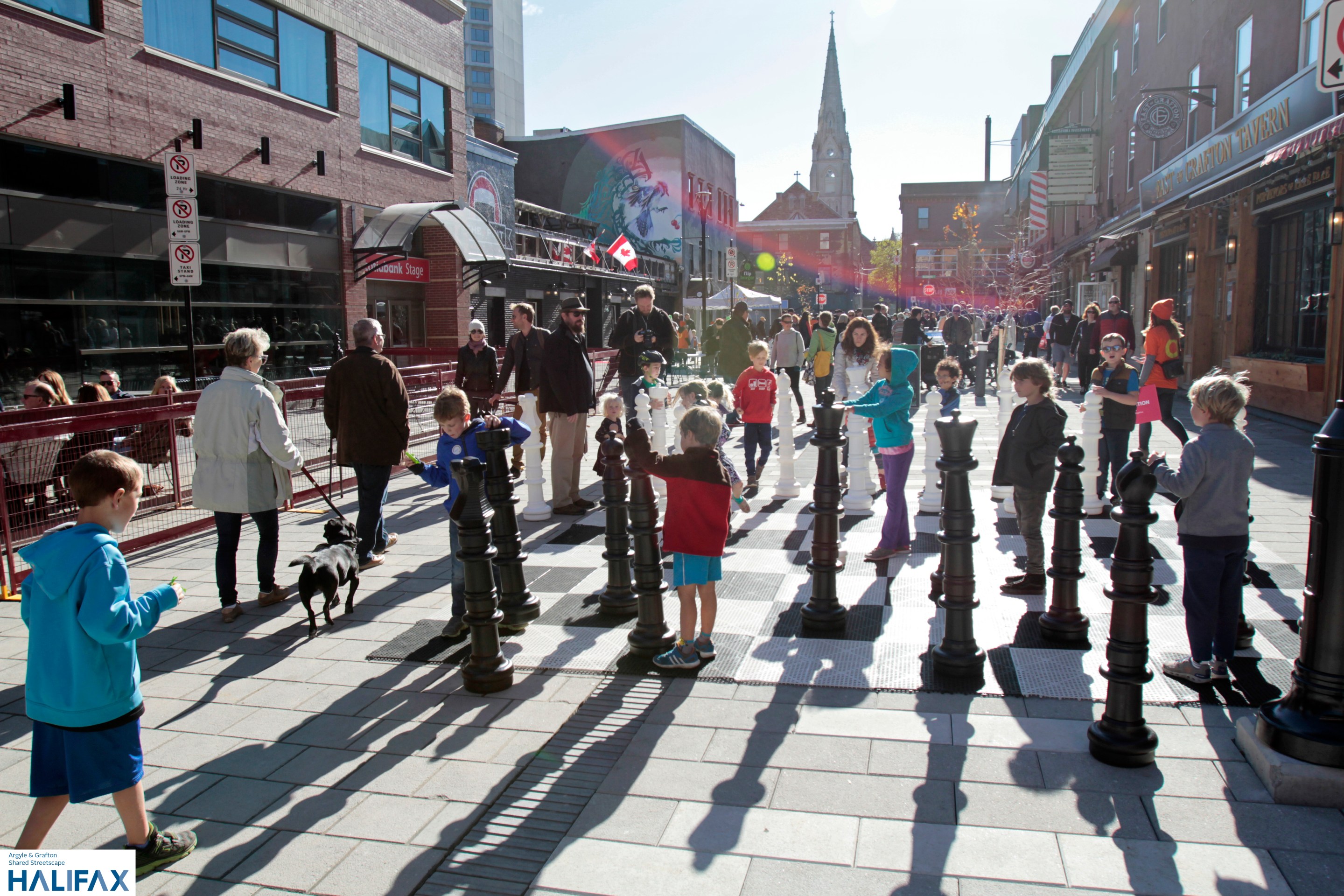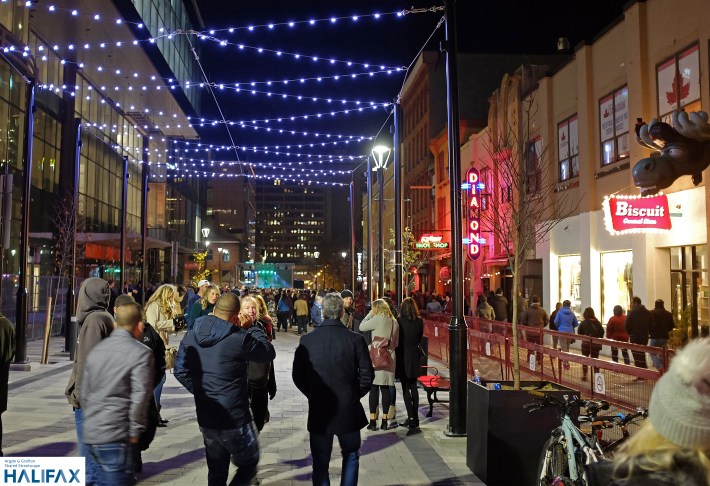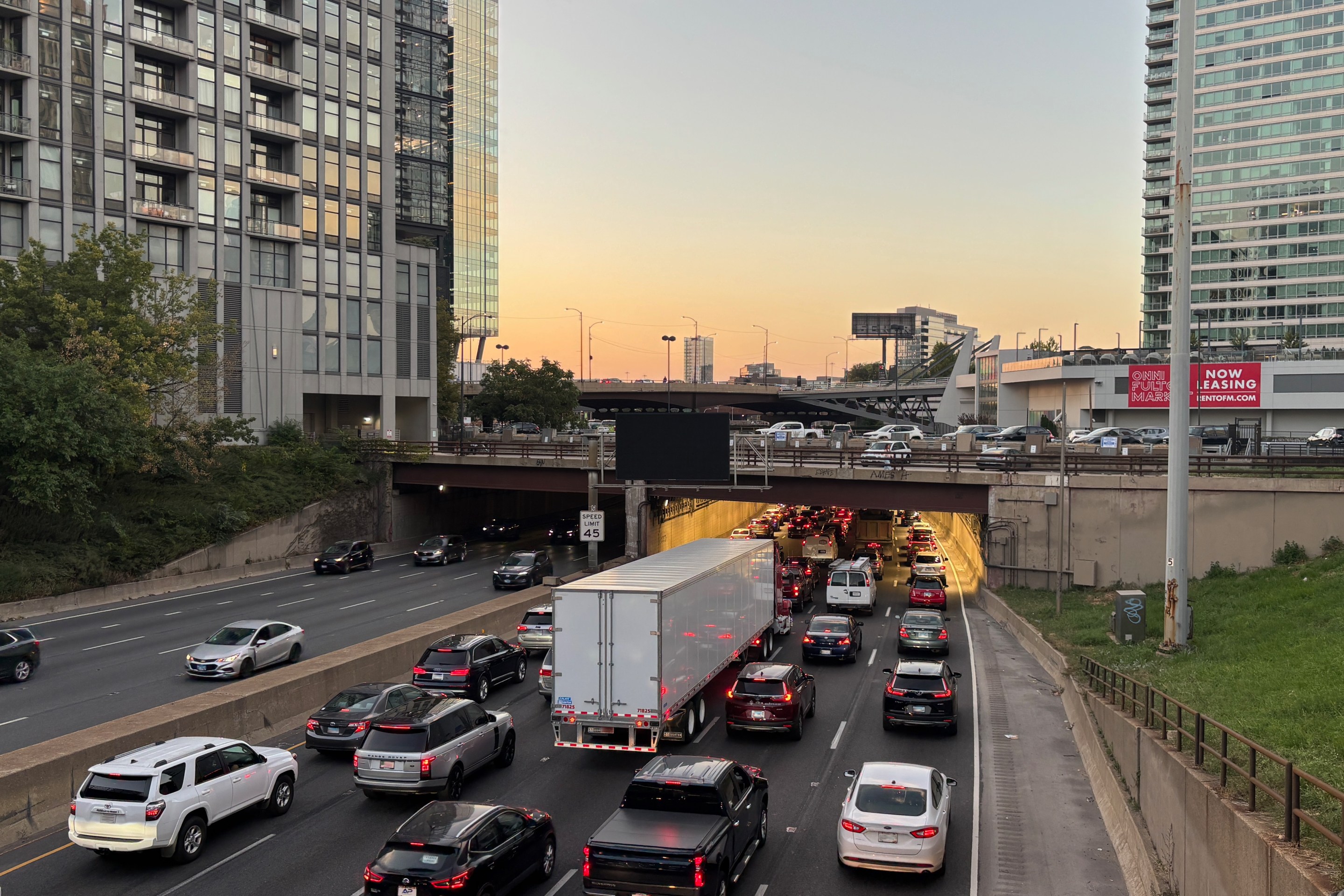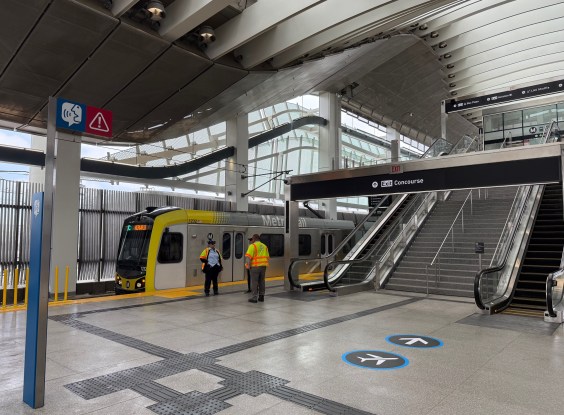Six street overhauls that converted asphalt for cars into places for walking, biking, or transit faced off in Streetsblog's annual Best Urban Street Transformation contest. The people have spoken and we have a winner.
People's Choice: Argyle and Grafton in Halifax
For Halifax, the key to making these two downtown commercial streets work better for people was removing the curbs.
Argyle and Grafton were rebuilt as "shared spaces" that allow pedestrians, cyclists, and motorists to mix while prioritizing people on foot. The arrangement uses visual cues to get drivers to slow down and proceed at a walking pace.
The net effect is to give pedestrians free rein. On Grafton and Argyle, people can cross the street wherever they choose. While drivers are still allowed, parking was eliminated to make more room for foot traffic, street furniture, and event space.
Streetsblog readers (and Haligonians who dropped by to participate in our poll) were captivated, giving Argyle and Grafton more than half of the vote.
Editors' Choice: Central Avenue in Albuquerque
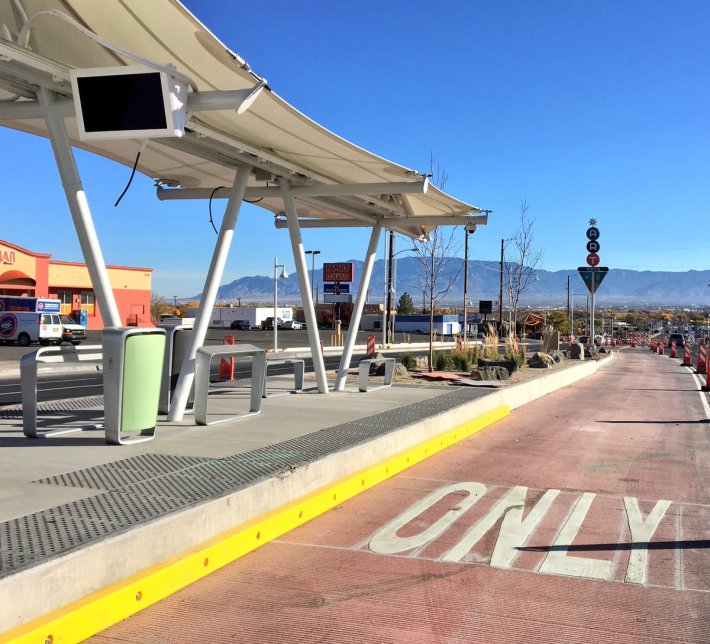
The Streetsblog editors were partial to the transit improvements on Albuquerque's Central Avenue and Toronto's King Street. In the end we had to go with Albuquerque, where the new center-running busway is a true paradigm shift for the city.
Central Avenue is Albuquerque's main drag. While it's part of the historic Route 66, until this year it was a generic high-speed arterial roadway -- the kind that turn many American cities into dangerous carscapes. That changed in 2017 thanks to the leadership of Mayor Richard Berry.
The street was overhauled to prioritize the 15,000 transit trips it carries per day -- fully 40 percent of the region's transit ridership. Central Avenue now has red bus lanes running along the median for most of its 9.2 miles, so buses don't get slowed down by traffic or turning vehicles. Specially designed shelters with off-board fare payment and level boarding will also speed up service
Albuquerque also made a point of adjusting zoning rules to make the surrounding area more walkable and transit-friendly. The city increased allowable density and reduce parking requirements along the corridor.
The new, frequent-running bus service on Central Avenue begins early in 2018. It's a project to keep an eye on, not only because it signals a new direction for streets and transportation policy in Albuquerque, but because it could become a model for transforming car-centric main streets in other mid-sized American cities.
